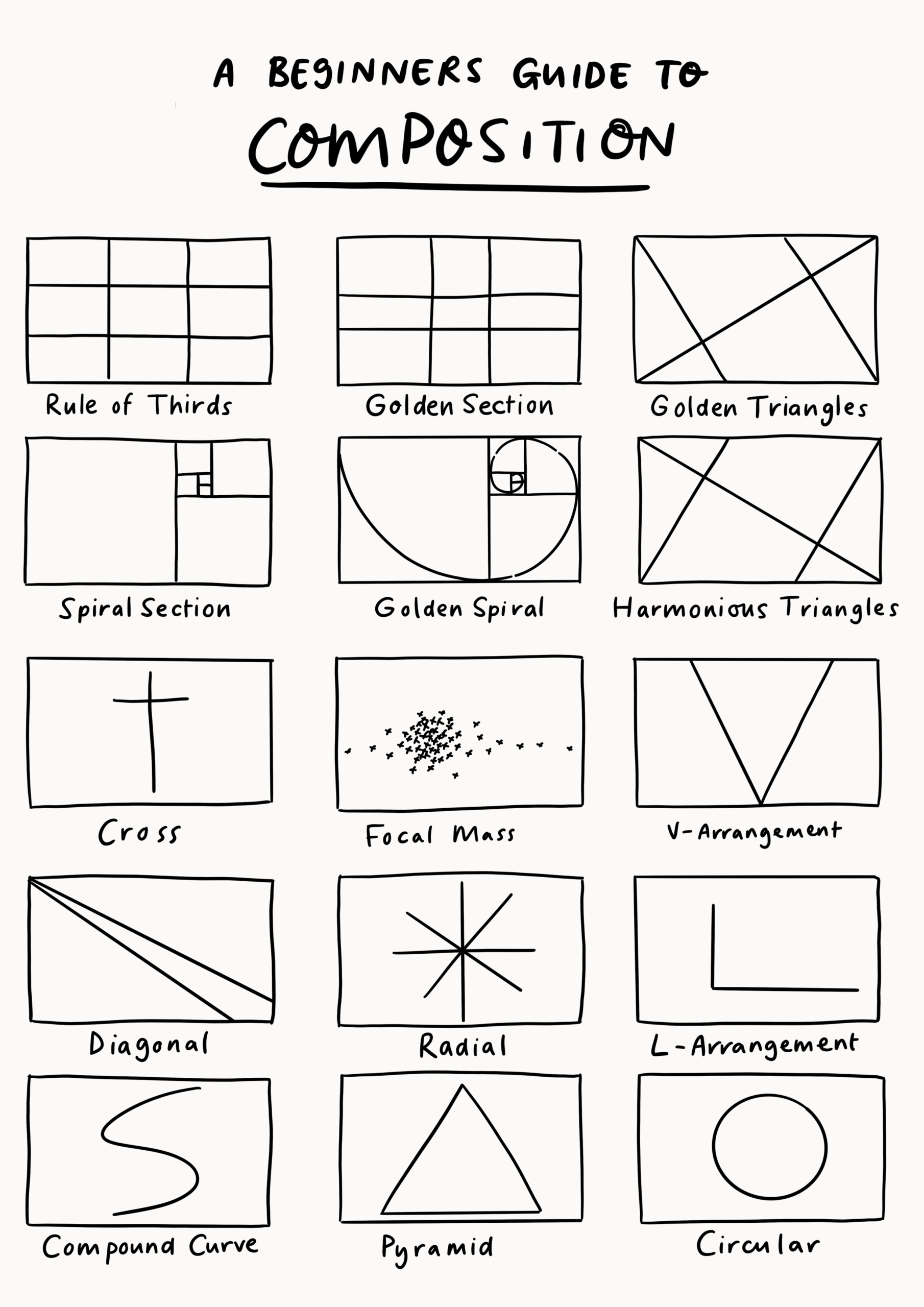Composition is an essential element of writing that helps to organize thoughts and ideas in a structured manner. There are various types of composition that writers can use to convey their message effectively. In this article, we will explore four common types of composition.
Descriptive composition is a type of writing that paints a vivid picture of a person, place, object, or event. It uses sensory details such as sight, smell, taste, touch, and sound to create a clear image in the reader’s mind. Descriptive compositions often appeal to the reader’s emotions and senses, making the writing more engaging and immersive.
2. Narrative Composition
Narrative composition is a type of writing that tells a story or recounts a series of events. It typically follows a chronological order and includes elements such as characters, setting, plot, conflict, and resolution. Narrative compositions can be fiction or non-fiction and are often used in novels, short stories, memoirs, and personal essays.
3. Expository Composition
Expository composition is a type of writing that aims to explain, inform, or describe a topic in a straightforward and objective manner. It presents facts, statistics, examples, and evidence to support a central idea or thesis. Expository compositions are commonly found in textbooks, research papers, reports, and informative articles.
4. Persuasive Composition
Persuasive composition is a type of writing that aims to convince the reader to adopt a particular point of view or take a specific action. It uses persuasive techniques such as logic, reasoning, evidence, and emotional appeals to sway the reader’s opinion. Persuasive compositions are often found in advertisements, speeches, editorials, and argumentative essays.
In conclusion, understanding the different types of composition can help writers effectively communicate their ideas and engage their audience. Whether you are writing a descriptive, narrative, expository, or persuasive composition, it is important to choose the appropriate style and structure to convey your message clearly and convincingly.
